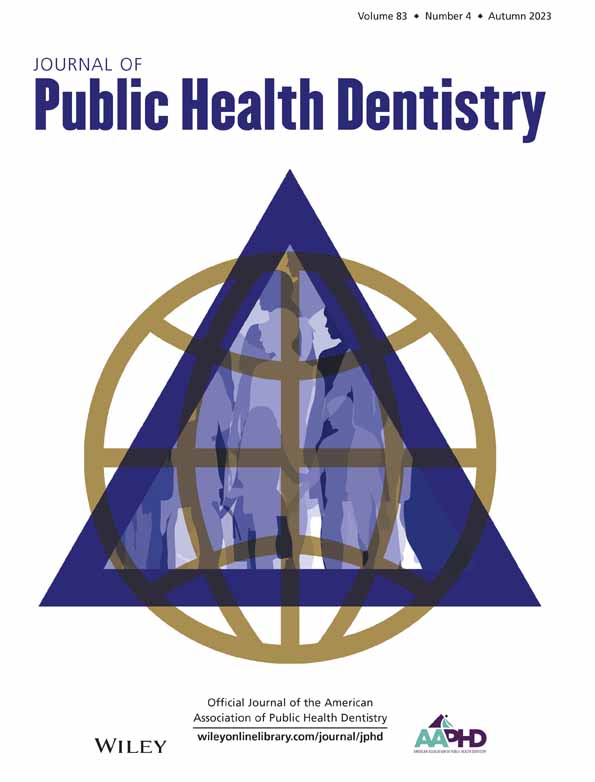Socioeconomic, behavioral, and psychological factors related to oral health in Myanmar: A cross-sectional study
Abstract
Objectives
This study aims to evaluate the effects of socioeconomic, behavioral, and psychological factors on oral health status and oral health-related quality of life in Myanmar adults.
Methods
Data were from a convenience sample of Myanmar adults who are from a township health center in Yangon city. Face-to-face interviews using a paper-based questionnaire in the Myanmar language and clinical oral examinations were performed at the health center. Mann–Whitney U test and linear regressions were used to assess the association of socio-demographic, behavioral, and psychological variables with oral health outcomes.
Results
In socio-demographic variables, significant associations were observed in individual income with periodontal pocket and OHIP-14, and history of COVID-19 infection with OHIP-14. However, there were no associations between behavioral factors and oral health outcomes. After adjustment for sex, age, educational level, and individual income, the depression subscale was statistically significant with the number of present teeth, decayed teeth, decayed, missing, and filled teeth, and OHIP-14. The anxiety subscale remained significant with periodontal pocket, but no stress subscale was associated with oral health outcomes.
Conclusion
The experiences of oral health status were high, and the oral health-related quality of life was unfavorable in Myanmar adults. A large proportion of them suffers from psychological distress. Additionally, individuals with lower income and who experienced a history of COVID-19 infection were susceptible to poor oral health-related quality of life. Psychological distress indicates a higher risk for oral health problems in Myanmar adults.
CONFLICT OF INTEREST STATEMENT
The authors declare no conflicts of interest.




